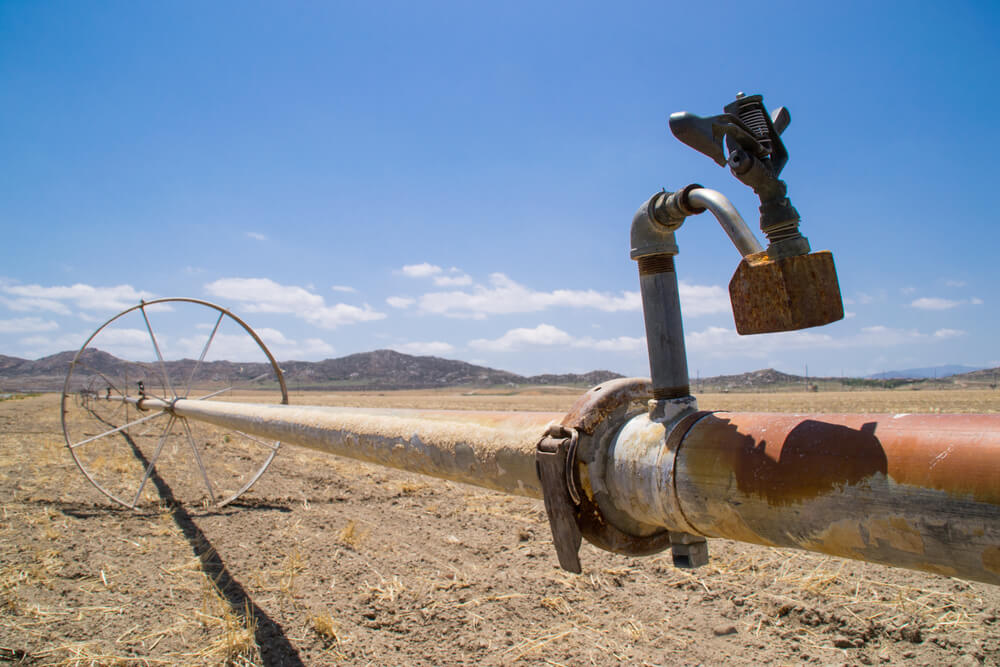The severe drought gripping the Western states looks set to reach into all lives in the nation and into every pocket.
The unbearable heat for those living in the West, with record-high temperatures stretching from Wyoming to the Mexican border and from the Pacific to the Mississippi, will impact the rest of the country as well.
Scientists have classified this monstrous baking as a megadrought. There hasn’t been regular rain or mountain snow in the West for more than 20 years.
To call it a scorcher is to underestimate a catastrophe that has the possibility of reaching near-biblical proportions. This is big and there is no quick fix. None.
The drought means epic disruptions, merciless rearrangement.
First, of course, there is no water, which means much economic activity may slow or cease. Farmers won’t be able to grow crops or raise livestock. Food prices that are already high from the pandemic’s disruptions will go even higher.
The electricity supply will be strained and may be curtailed because of reduced hydroelectric production. The 13 Western states get more than 22 percent of their electricity from hydropower dams, located mostly in Washington, according to the National Hydropower Association.
In today’s world, farmers depend on electricity to water crops and livestock, milk cows, dry grain, and freeze produce.
The first measurable disruption of the summer will be from breakdowns in the California food supply chain. Prices in supermarkets will reflect the impact of the drought on California, which acts as the nation’s truck farm. If you eat it, it grows in California, but only when there is water for irrigation.
The rivers of the West are running dry. The reserves of water in the great dams on the major rivers, especially the Columbia and the Colorado, which act as the lifelines of much of the West, are way below normal.
Manufactured goods from Western states will be affected if power shortages are extended and widespread. Wildfires will abound and have already started their annual scourge.
In quality-of-life terms, electricity shortages will be particularly brutal for the people living in areas served by the grid in the West, known as the Western Interconnection. Without air conditioning, many people will feel like they have taken up residence in hell. Lives will be lost.
The historical move of Americans from the Northeast to the South and Southwest will be in question, if not reversed.
Droughts aren’t ended because it rains. It takes years of sustained precipitation, ideally falling gently, to restore that which the heat has taken away.
According to those who keep track of these things, the West isn’t the only part of the country suffering drought. Most states are reporting reduced rainfall, including the traditional soggy regions of New England.
No one can predict when the Great Western Drought will break, but political fights breaking out over the distribution of what water remains, followed by litigation, are foreseeable.
Living through drought is a uniquely joyless experience as clear blue skies change from being emblematic of nature’s bounty to being the cruelest of deceptions, the smiling face of betrayal.
Science can come to the rescue, as it did in the record speed with which COVID-19 vaccines were developed. But usually, it takes a long time, as with fracking which changed energy shortage to energy abundance. That took decades.
Finally, beware of brave talk about desalination. That takes a lot of energy and, if it is to be done at a meaningful scale, a giant new environmental problem results: What to do with millions of tons of salt?
We used to worry about climate change in Africa, an electrical engineer in San Francisco told me, but now we have to worry about it in California. Actually, everywhere.

 Follow
Follow
Thank you for powerful and concise insights.